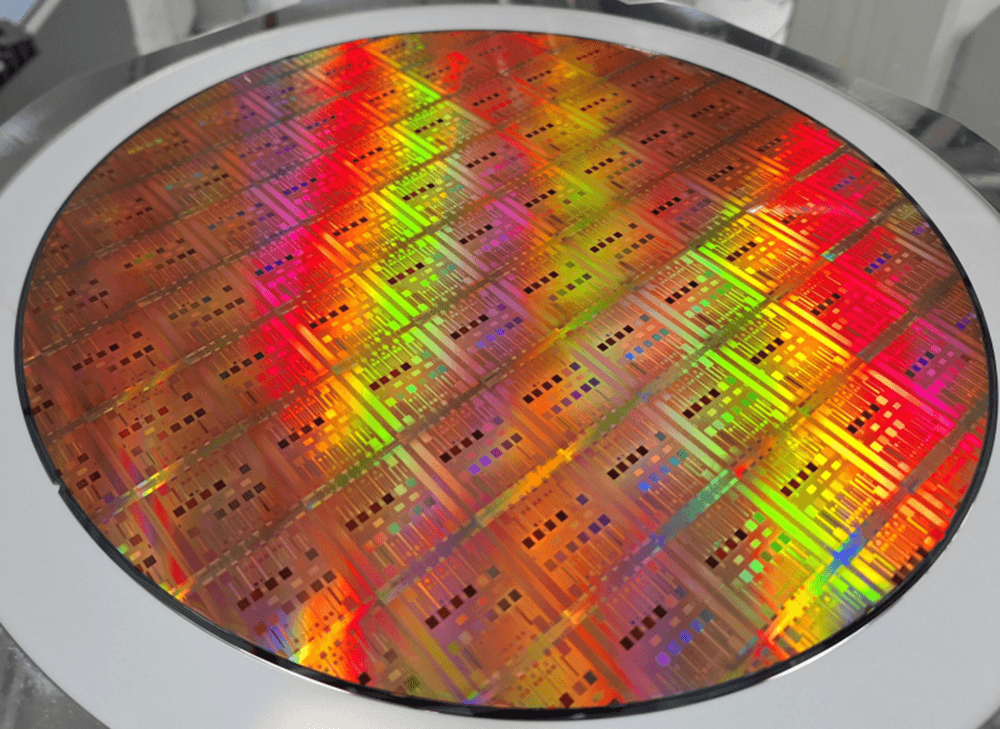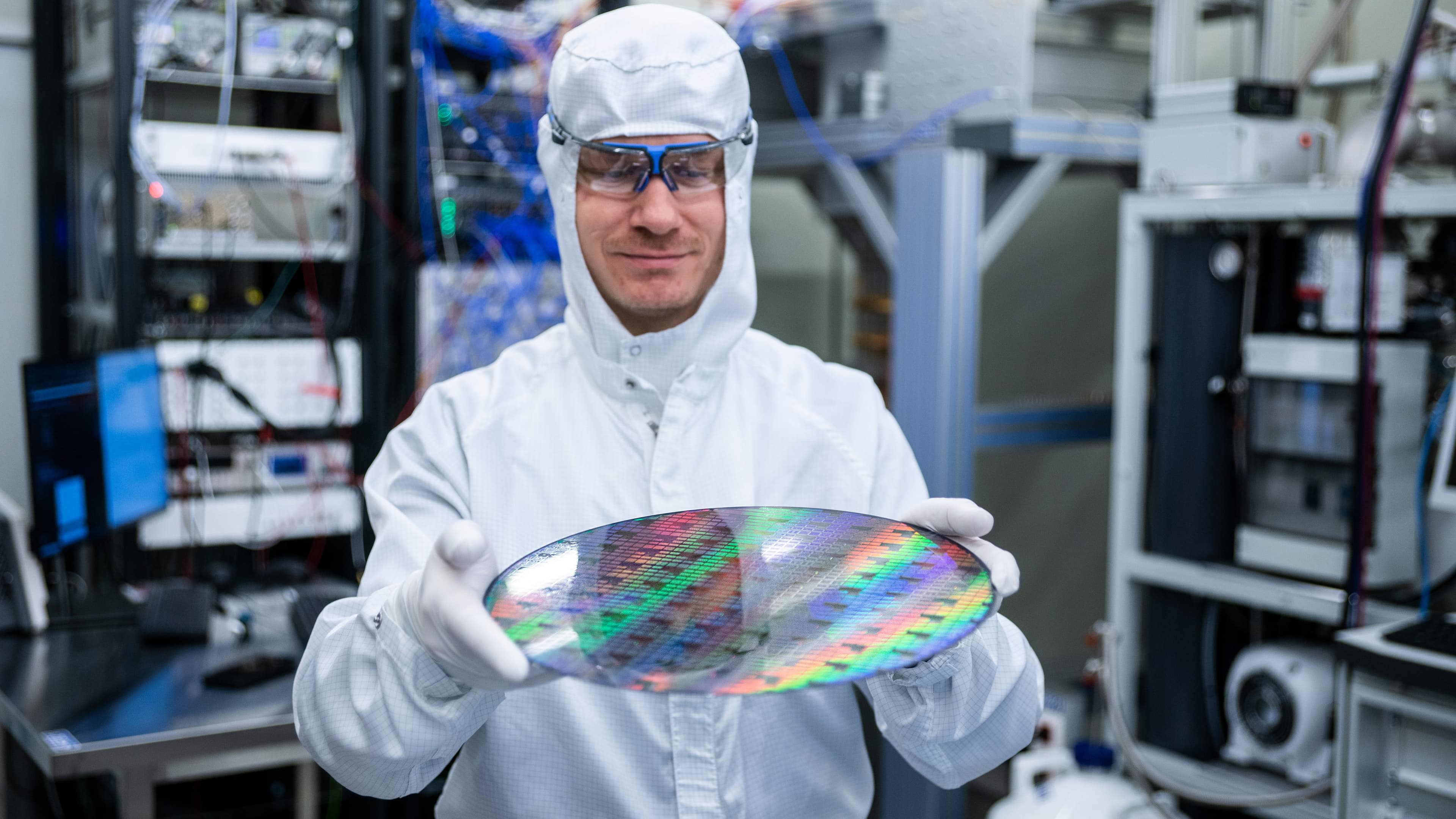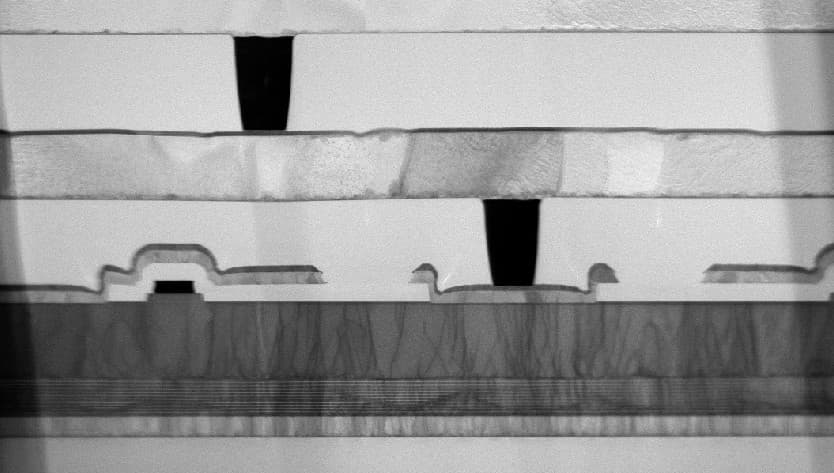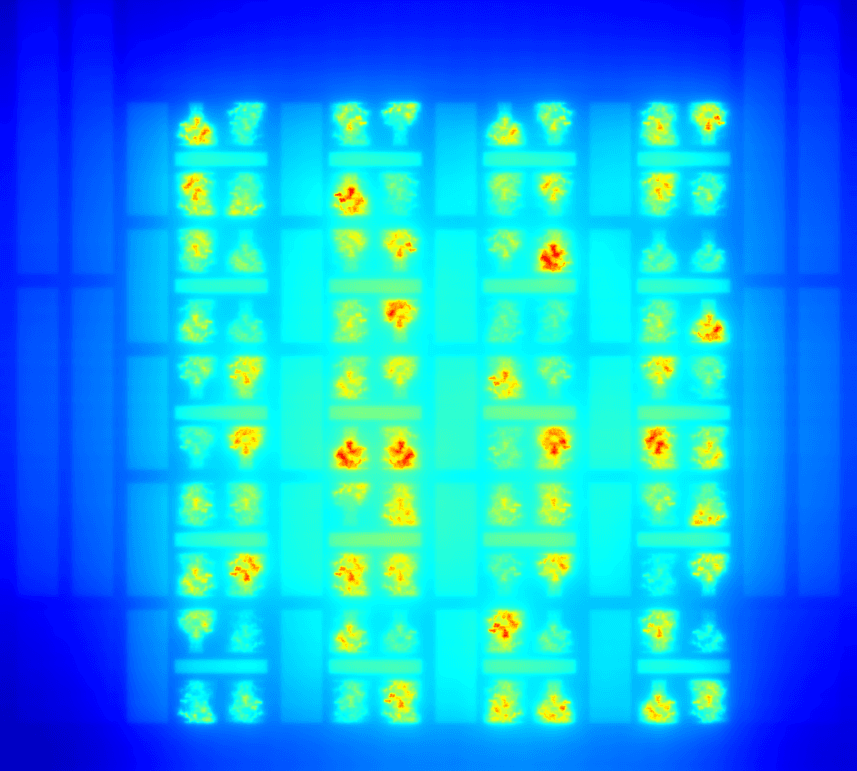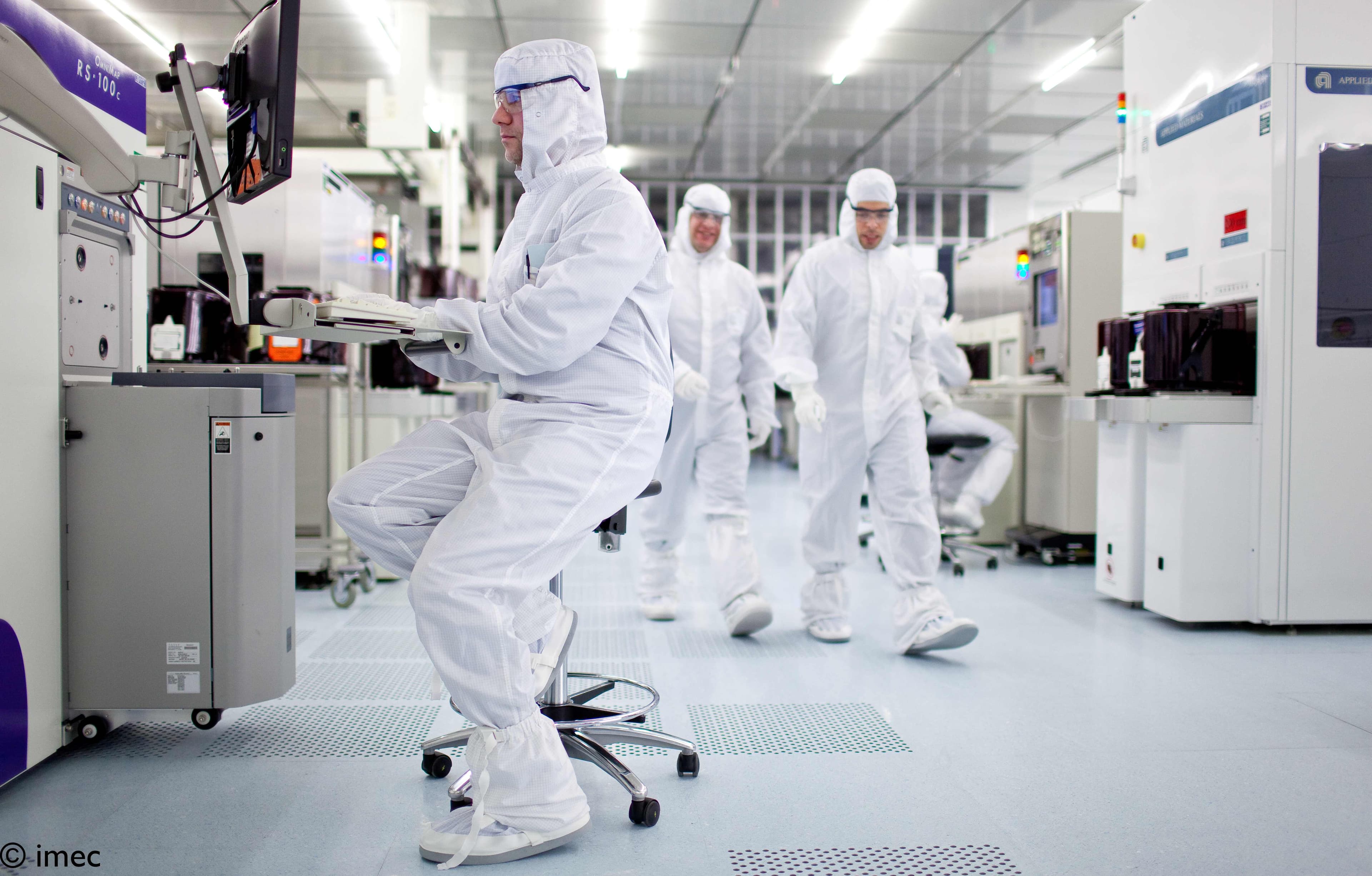Enabling the shop of the future through localization technology and behavioral science
Today’s retail marketers are envisioning the retail store of the future. Due to the growing popularity of online shopping companies, warehouse retailers are under pressure to invest in technological innovations to improve the shopping experience of their customers in order to ensure customers will keep shopping in physical warehouses. This can be done by developing extra services.
Most of these envisioned services are based on context awareness. Where in the shop is the customer and what would he/she need to make the shopping experience more fun, more efficient, more unique? Customer localization will become a key tool for the retailer to analyze and improve the store and to offer the right products in the right locations in the right ways. High accuracy localization solutions that track customer positions improve customer experience (guiding clients to their shopping list products, providing personalized advice such as product reviews, recipes or allergy information, …) and simultaneously add value for the retailer (prevent bottlenecks or traffic jams, investigate the impact of promotions, optimize check-out waiting time, …).
Today, no affordable localization technology is available that reliably works sufficiently accurate in a challenging environment such as a closed retail space with metal constructions, racks filled with products, and hundreds of customers moving around. In the context of LUNAR, the project consortium wanted to develop an UWB-based localization technology that is scalable – in terms of number of people and covered space –, accurate and reliable in a real-life retail environment. By installing UWB-chips in every shopping cart, and UWB base stations on the ceiling, it should become possible to localize every customer in store.
Not only (localization) technology is needed for a better shopping experience. Also, insights into shopping behavior, frustrations and needs as well as the identification of different customer ‘profiles’ are indispensable in order to develop truly innovative and helpful services that people will actually use. To this end, the LUNAR consortium conducted user research by means of questionnaires, observation sessions, co-creation workshops and large test trials at a demo supermarket to identify different profiles of shoppers, to analyze the needs and frustrations of shoppers, to define opportunities for improving the shopping experience, and consequently to evaluate the localization technology with end-users.
The outcomes
1. Bringing UWB-based localization from lab to retail environment
LUNAR resulted in a robust and reliable UWB-based localization technology for retail environments. The required accuracy for this in-shop application is minimum 30cm because you want to know which products are in the proximity of the customer. By combining multiple technology improvements such as novel UWB antennas (omnidirectional planar monopole antenna and UWB cavity-backed slot antennas) and Kalman & Particle Filter algorithms, the project successfully realized a solution where in 96.4% of the time, the 50 fixed shopping carts have a relative positioning error below 30 cm, while the average error is only 12cm. These results were in-situ validated in spaces full of metal constructions loaded with products including, for example, liquids that absorb RF signals. Furthermore, the solution has to be cost-effective since a localization chip is needed in every shopping cart and at predefined spots on the ceiling. To this end, the coverage was improved by designing a TDoA-TDMA MAC and routing protocol that ensures a separate timeslot for each object to be tracked (shopping carts or loading carts). In addition, an advanced synchronization protocol was developed, ensuring a coverage of 2000 m² with over 5000 supported users, which is more than sufficient for a typical shopping environment.
2. Identification of 4 user profiles
Based on elaborate questionnaires, a total of 449 people were considered in terms of their shopping behavior. Out of this, four user profiles were identified. The shopper profiles are predominantly defined by a combination of their socio-demographic characteristics, self-reported purchase history and attitudes towards shopping. (1) Occasional Oliver (23%) is the youngest of four segments and prefers to pass on the grocery shopping to his family members. (2) Efficient Eden (16%) is currently raising a family and is very proficient in his weekly shopping, since he conscientiously prepares a shopping list. (3) Easygoing Ellis (37%) has already retired and enjoys a supermarket visit multiple times a week. (4) Loyal Loren (24%), is satisfied with the offer and infrastructure of her favorite retail store, but has a less clear profile in terms of socio-demographics.
3. Determining 60 unique and useful services for a better shopping experience
The organization of co-creation workshops, in-shop observations of shopping experiences and points of pain analyses have led to 200 ideas for shopping services, thanks to new QoE methodologies and research frameworks such as HCCI. Out of these, 60 ideas were selected that were both from a customer point of view and a business perspective, valuable service ideas. Some examples: Shopping cart theft prevention; Diet /allergies shopping list; Themed shopping routes; Shopping game for children; Store layout optimization; Help button, call for assistance; Anticipate queues. In the end, a prototype of the smart shopping cart and its technical parameters have been evaluated in the field with 59 end-users. The use of a context-aware shopping list reduces the time spent in the store, and a time delay of two seconds to update the shopping cart position is tolerated. Participants enjoyed wandering around the supermarket with the smart shopping cart, and contextual promos served this goal even more.
Video Lunar
Download leaflet
LUNAR
Enabling the shop of the future through localization technology and behavioral science
LUNAR is an imec.icon project funded by imec, IWT, Colruyt and UGent DIGCOM.
It ran from 01.04.2016 until 31.03.2018.
Project information
Industry
- Colruyt
- Decathlon Belgium
- MaDe
- Pozyx Labs
Research
- imec - IBCN - UGent
- imec - MICT - UGent
- UGent - DIGCOM
Contact
- Project Lead: Samuel Van de Velde
- Research Lead: Eli De Poorter
- Innovation Manager: Steven Van Assche





